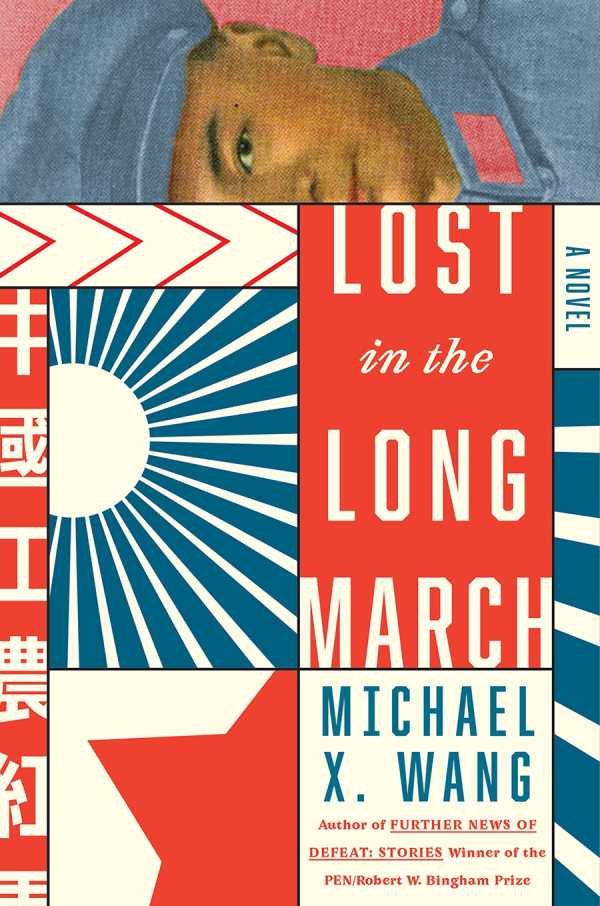Lost in the Long March
Love, loss, and sacrifice are at the center of Michael X. Wang’s historical novel Lost in the Long March.
The moment orphaned Ping sees Yong, he knows she is the one. Ping is a gunsmith who joined the Chinese Red Army to make a living. Yong, whose parents sold her to a stranger when she was a child, is a sniper and devoted to the Communist Party and its leader, Mao Zedong. Shy and awkward, Ping struggles to connect with Yong, only to witness her entering into a relationship with his best friend, Luo. In a fit of drunken jealousy, Ping manipulates Luo’s rifle so that it explodes in Luo’s face and kills him.
Grieving Luo’s death, Yong turns to the other person who knew him, Ping, and becomes pregnant. Meanwhile, the Red Army is suffering defeats against the enemy, the Kuomintang, and is ordered to retreat. Known as the Long March, the retreat lasts for a year, filled with trials, tribulations, and death. To survive the march and to protect their son, Ping and Yong leave their child with a stranger along the way.
Later, as an elderly couple, Ping and Yong live in a large apartment with a car and a chauffeur, having advanced to the highest levels of the Communist Party. But they live alone. They were never reunited with the boy they left behind. Then they spot a homeless stranger sitting in the street.
The novel begins with the idealism and certainty of youth and ends with the sadness of old age. Ping and Yong are unable to reconcile themselves to the irreversible consequences of their actions, and their story’s heartbreaking ending resonates long after the book is over.
Lost in the Long March is a story about lingering trauma and the price that’s paid when ideology trumps love.
Reviewed by
Erika Harlitz Kern
Disclosure: This article is not an endorsement, but a review. The publisher of this book provided free copies of the book to have their book reviewed by a professional reviewer. No fee was paid by the publisher for this review. Foreword Reviews only recommends books that we love. Foreword Magazine, Inc. is disclosing this in accordance with the Federal Trade Commission’s 16 CFR, Part 255.

